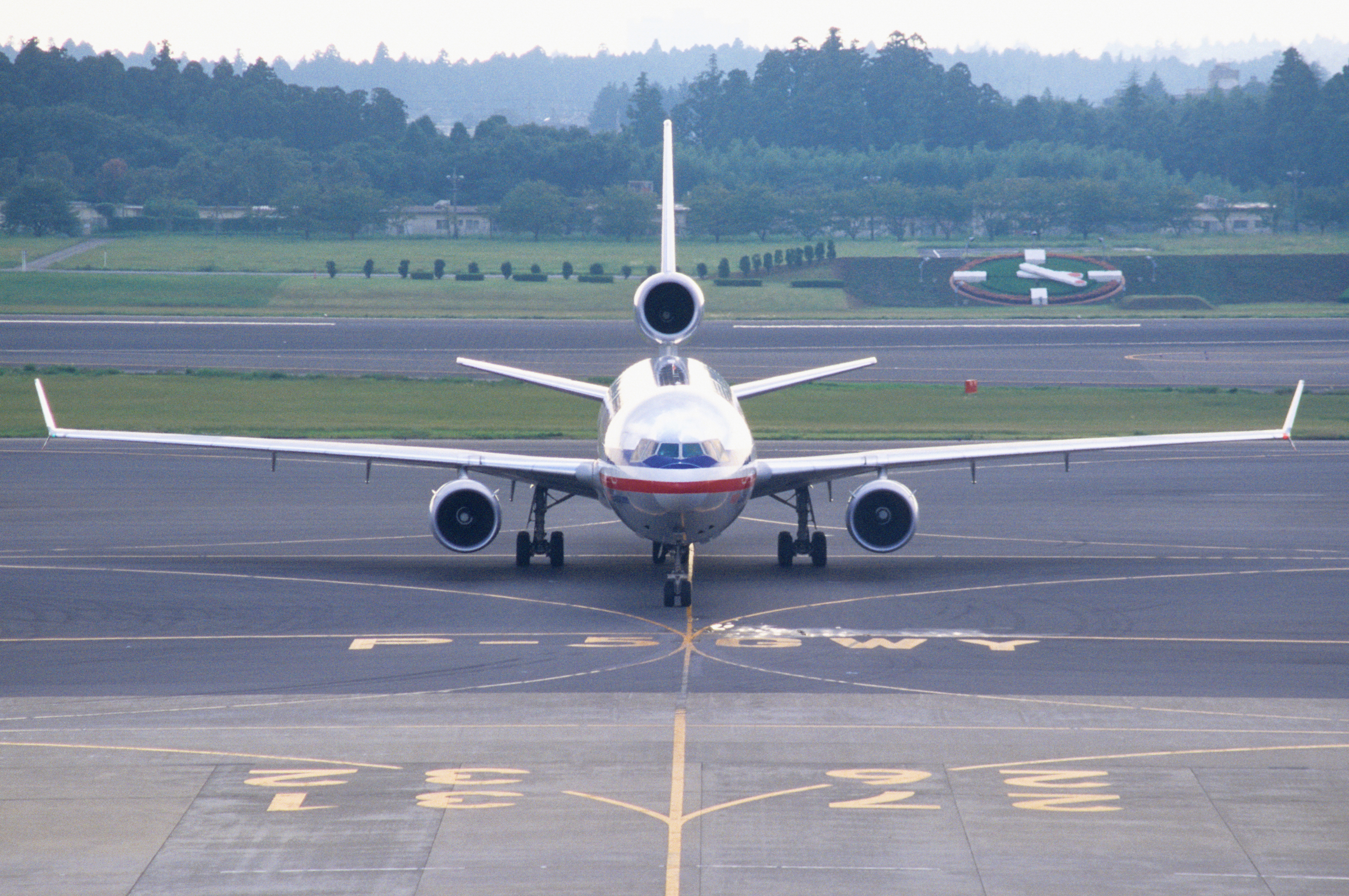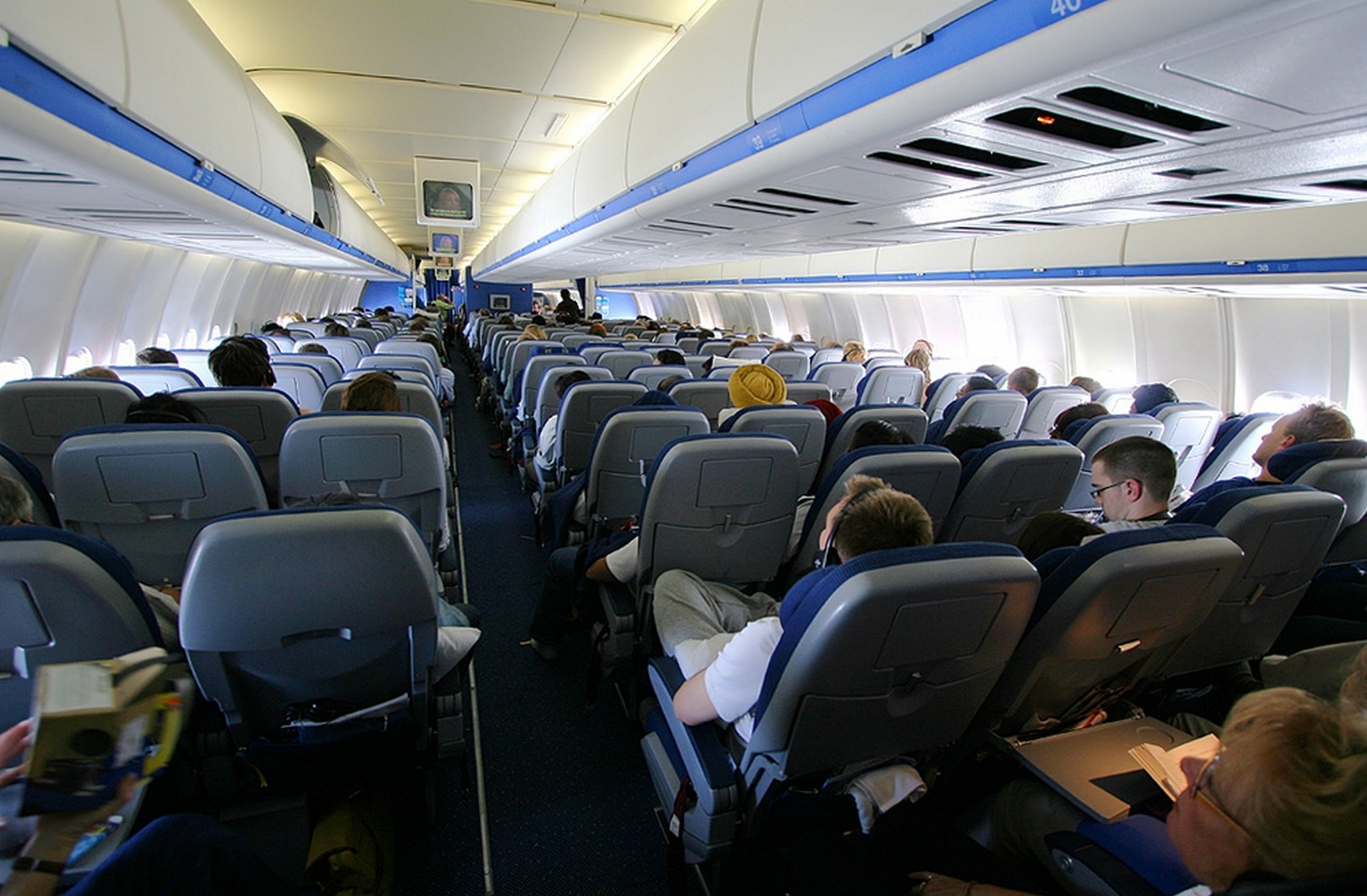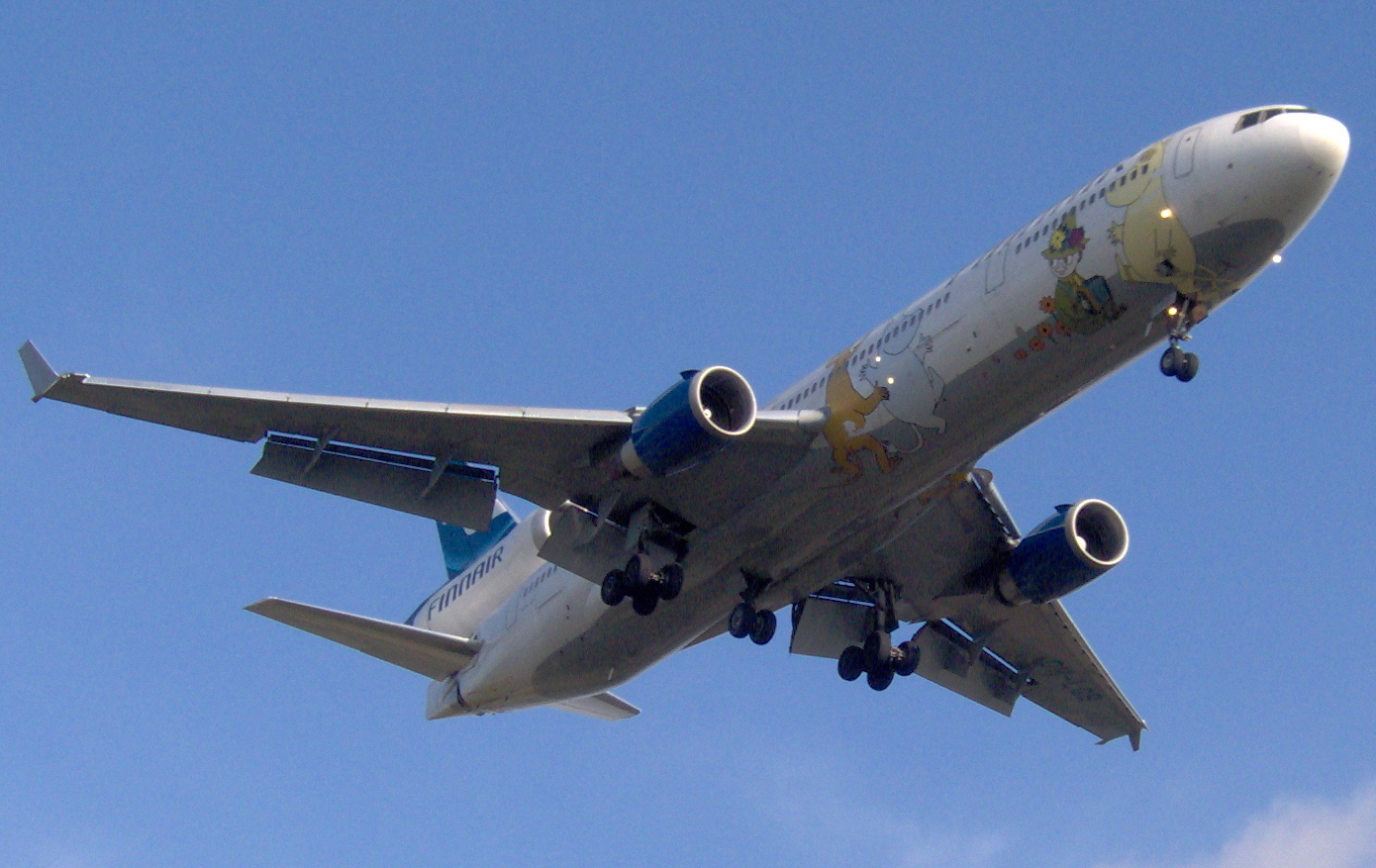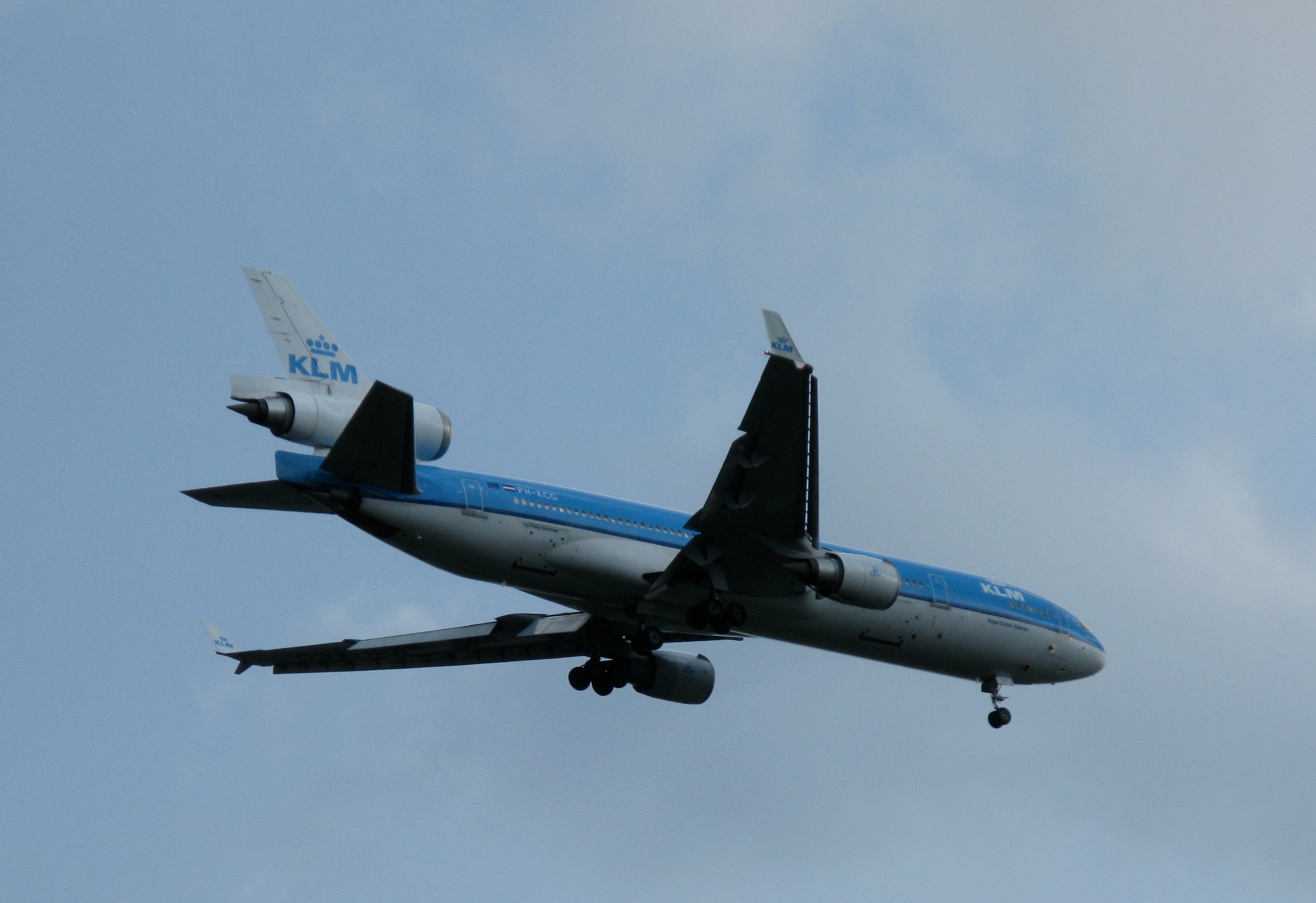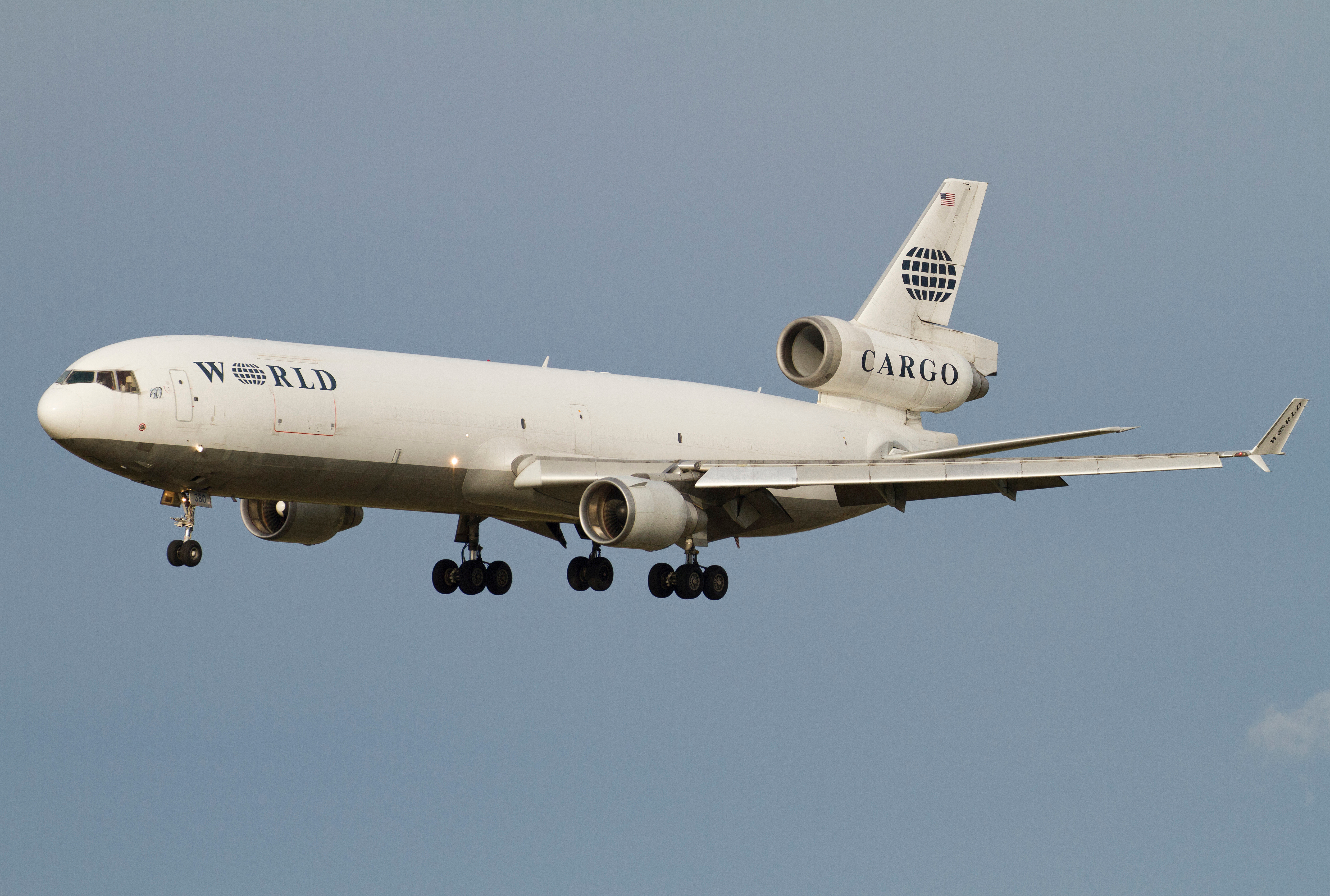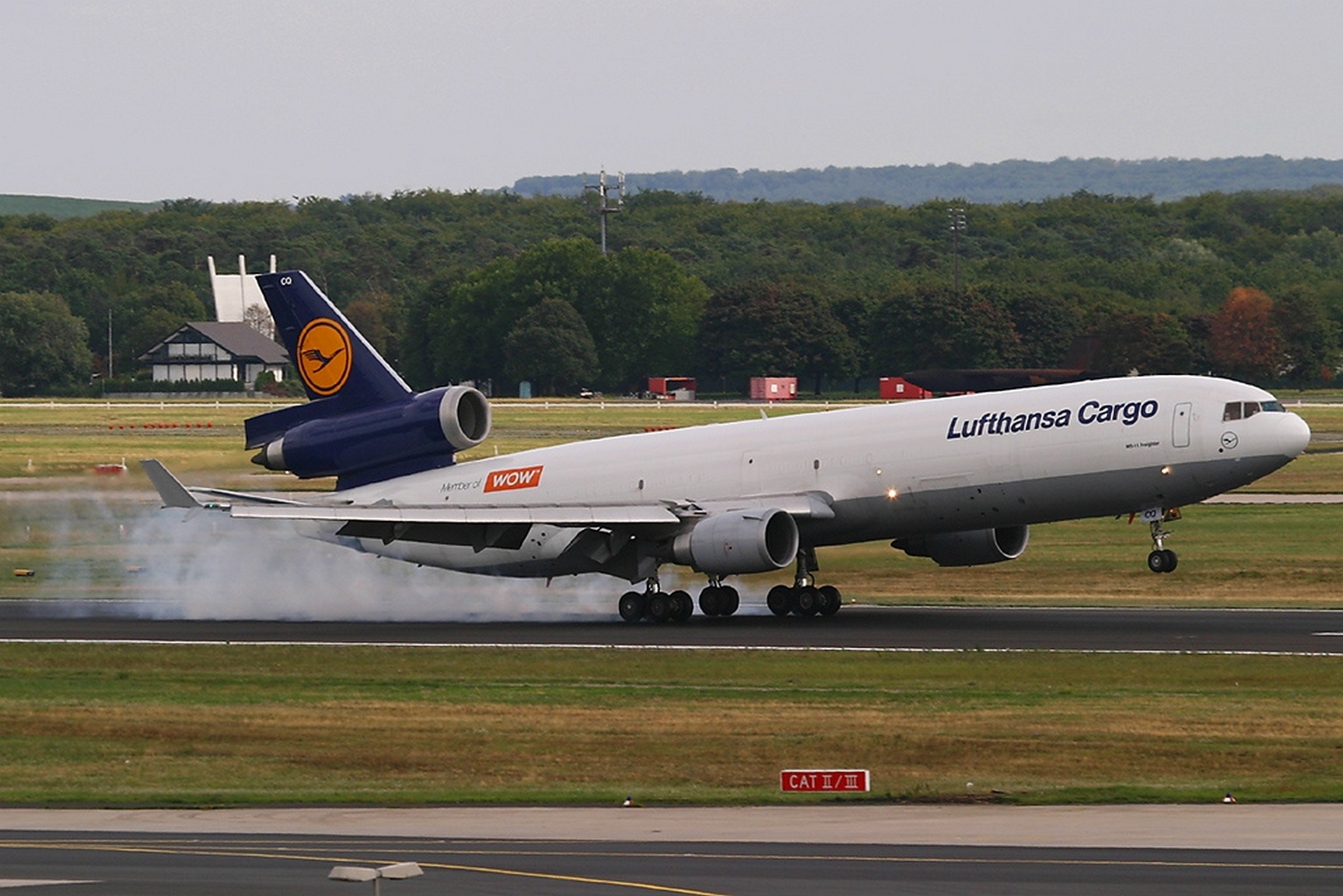The long-range airliner MD-11
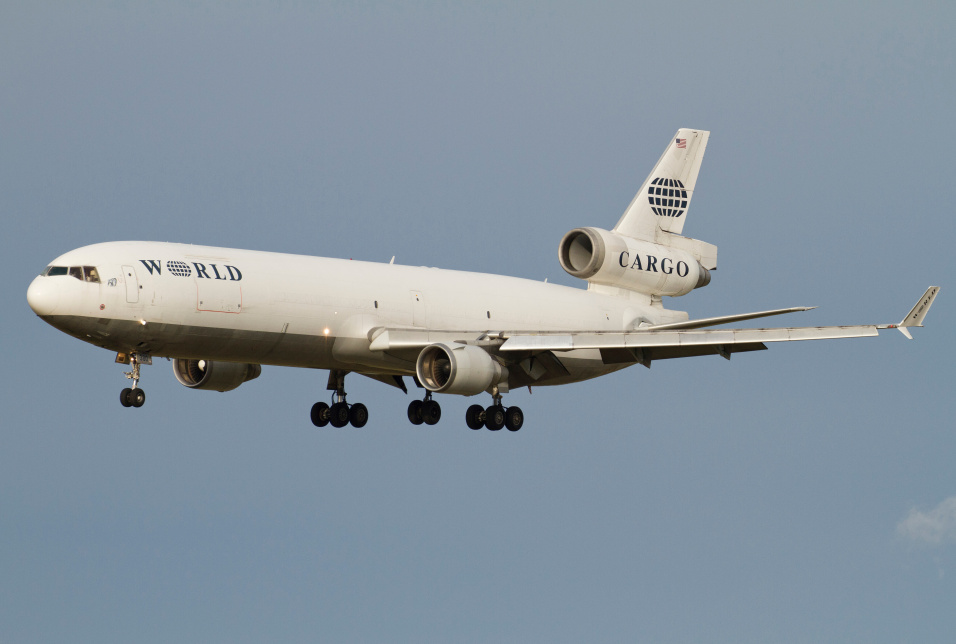
On January 10, the long-range airliner MD-11, developed by the American company McDonnell Douglas, turned 35 years old. On that day in 1990, its first prototype took to the skies in Long Beach, California.
This wide-body aircraft was a development of the previous DC-10, inheriting its three-engine configuration. The airframe was refined, including a fuselage extension by 11%, and the wings were equipped with winglets. The avionics were radically upgraded, with the aircraft receiving a “glass cockpit,” which reduced the flight crew to two members.
In response to customer demands, the MD-11 was equipped with three types of engines: PW4460, PW4462, and CF6-80C2D1F. These engines had only minor differences in maximum thrust, ranging from 30.7 to 31.5 tons. The most common base version of the MD-11 was 61.24 meters long, had a wingspan of 51.77 meters, a maximum takeoff weight of over 273 tons, and a maximum speed of 945 km/h. In a three-class cabin configuration, it could accommodate 298 passengers (or 410 in a single-class configuration) and had a range of nearly 12,500 km.
Thanks to its significant similarity to the DC-10, the new airliner quickly passed certification and began delivery to customers in December 1990. Overall, operators in more than 30 countries, including Zimbabwe, Italy, Canada, China, Malaysia, Germany, Peru, the United States, France, and Japan, acquired these aircraft.
However, the MD-11 did not meet its developers’ expectations. Instead of the planned minimum of 300 units, only 200 were built. This was partly due to the tarnished reputation of the DC-10, which had suffered several accidents during its operational history due to design flaws. Although the MD-11 did not inherit these flaws, it had its own issues, particularly with its control system. The main reason for its limited success, however, was its economic inefficiency compared to twin-engine wide-body airliners such as the Airbus A300 and Boeing 767, and later the Airbus A330 and Boeing 777.
Approximately a quarter of MD-11 aircraft were built in the “F” freighter configuration, capable of carrying up to 90 tons of general cargo. Passenger MD-11s retired from airline service were also actively converted into freighters. As of early autumn 2024, over 80 such aircraft remained in operation.
The failure of the MD-11 was a fatal blow to McDonnell Douglas, which was already struggling with significant financial difficulties. As a result, in 1997, the company merged with its long-time competitor, Boeing.

 Fan-page
Fan-page Youtube
Youtube TikTok
TikTok Aviamuseum
Aviamuseum State Aviation Museum
State Aviation Museum
